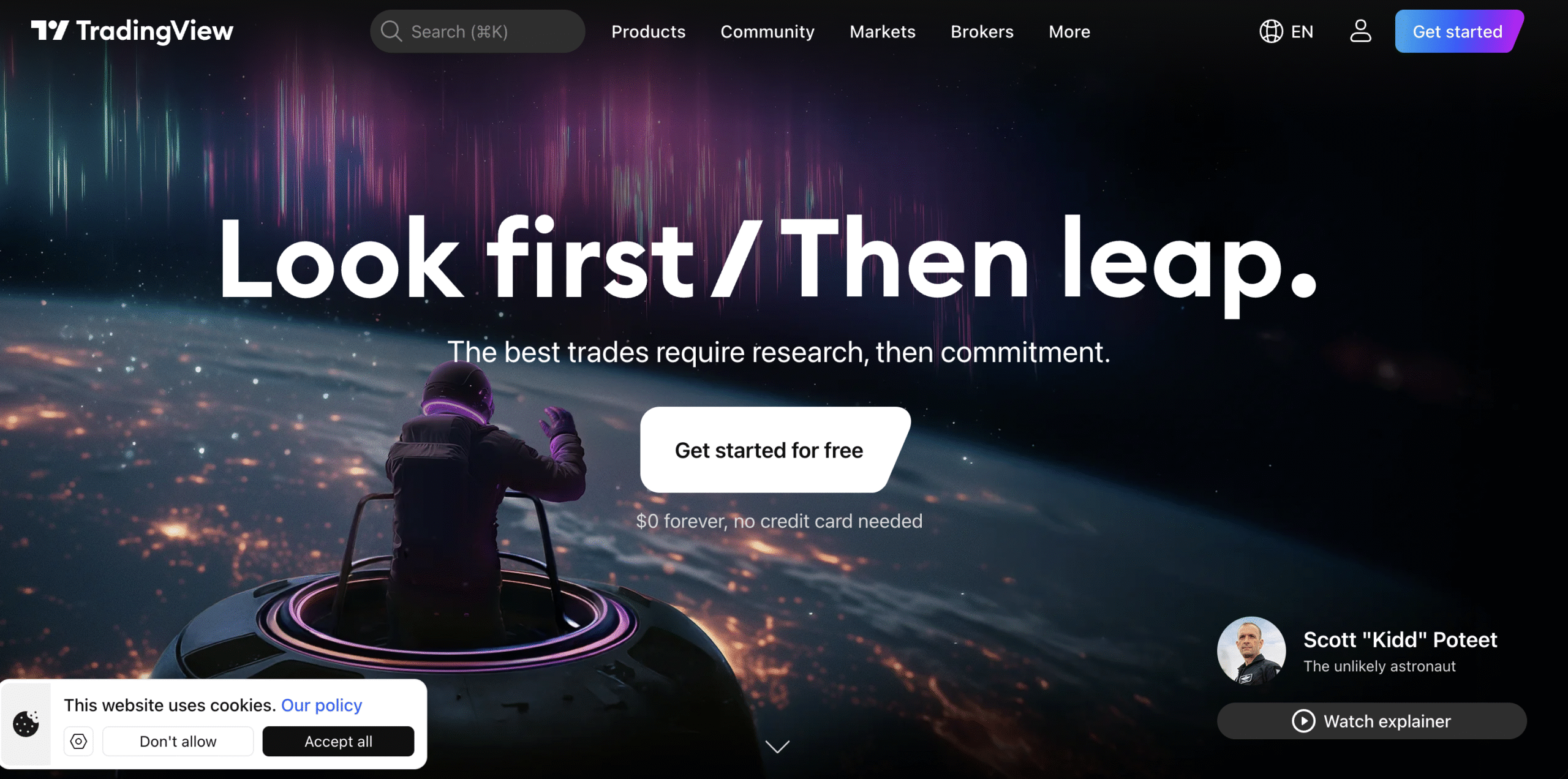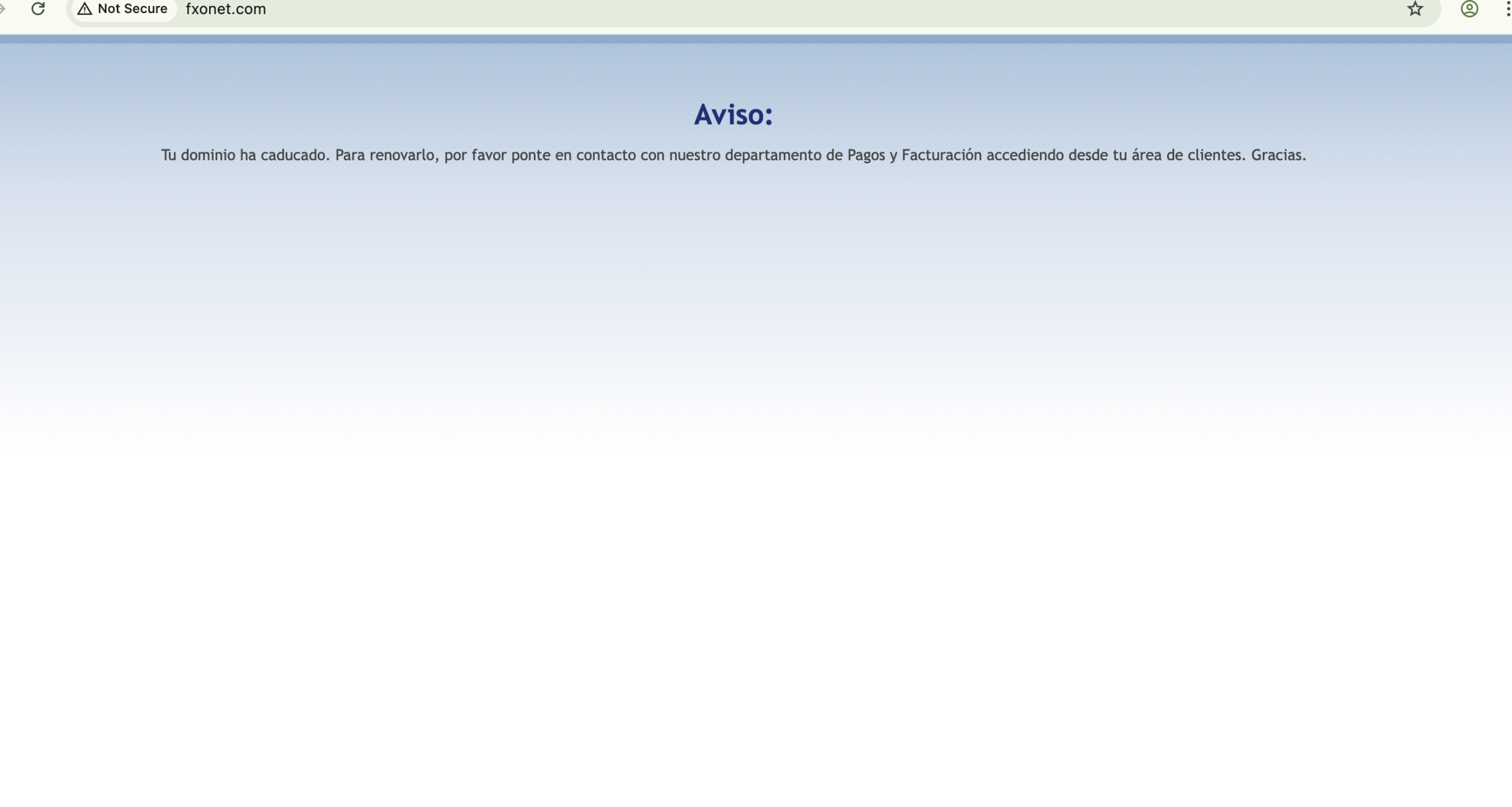Introduction
The trading world is full of tools that promise to make analysis easier and trading smarter. Among them, TradingView.com has become one of the most popular charting and analysis platforms used by millions of traders around the world. It offers advanced charting, real-time data, community “ideas,” and easy-to-use technical indicators — all wrapped in an attractive interface.
However, as its popularity has grown, so have complaints. Across forums and review platforms, users have raised red flags about billing issues, misleading pricing, unreliable support, and even outright scams impersonating TradingView’s brand. These concerns have left many asking: Is TradingView a legitimate platform, or is it a scam disguised as a trading tool?
In this detailed review, we’ll take a deep dive into:
-
What TradingView.com claims to offer.
-
The major complaints and red flags users report.
-
The company’s official stance and responses.
-
A balanced analysis — is it a scam or just misunderstood?
-
Key factors to check before signing up.
-
Final conclusions on whether TradingView is worth your trust.
What Is TradingView.com?
TradingView.com is a cloud-based trading and charting platform designed for investors and traders in stocks, forex, crypto, and futures. It provides real-time or delayed market data (depending on your subscription), an integrated social network for traders, and a scripting language called Pine Script for custom indicators and strategies.
Core Features
-
Interactive Charts: Dozens of drawing tools, hundreds of indicators, and customizable layouts.
-
Multiple Market Access: Stocks, indices, forex pairs, cryptocurrencies, and commodities.
-
Alerts and Notifications: Real-time alerts via app, email, or SMS for specific price movements.
-
Social Community: Users can follow other traders, share chart ideas, and comment.
-
Free and Paid Plans: A limited free plan and three paid tiers — Pro, Pro+, and Premium.
-
Broker Integration: Some users can connect to supported brokers directly through the platform.
On paper, TradingView.com looks like a legitimate and feature-rich platform. Yet, the experience users describe doesn’t always match the promises.
The Red Flags and Common Complaints
1. Billing and Subscription Issues
One of the most common sources of frustration among users involves billing and cancellation.
Reports include:
-
Being charged after cancelling a subscription.
-
Auto-renewal without clear notice or reminders.
-
Difficulty reaching customer service to resolve billing disputes.
-
Users being charged for add-ons or data feeds they didn’t realize were extra.
These issues lead many to believe the company intentionally makes cancellation difficult — a red flag that’s frequently cited in “scam” discussions.
2. Hidden Costs and Misleading Pricing
TradingView’s marketing gives the impression that upgrading to a paid plan grants full access to real-time data. However, many users discover that real-time data for most exchanges costs extra and must be purchased separately.
For example, a user might upgrade to the “Premium” plan expecting live stock quotes, only to find that the data is delayed unless they pay additional exchange fees. This confusion fuels the perception of bait-and-switch pricing.
3. Restricted Features in Free and Lower Tiers
Over time, users claim that previously free or lower-tier features have been moved behind paywalls. Examples include fewer alerts, fewer indicators per chart, and limited chart layouts. While such restrictions are common in SaaS business models, the lack of transparency about these changes makes users feel tricked.
4. Data Reliability and Platform Glitches
Some traders have reported delayed data, missing candles, and even charts freezing during volatile markets. For active traders, even a few seconds of delay can lead to losses. If you’re paying for what’s marketed as a professional-grade tool, unreliable performance can feel scam-like.
5. Social Community and “Signal” Scams
TradingView.com promotes itself as a social platform for traders — a place to share and learn. Unfortunately, the social feed and chatrooms are frequently filled with:
-
Fake “signal providers” promising guaranteed profits.
-
Self-promotional accounts linking to external websites.
-
Unmoderated spam and misinformation.
While this isn’t necessarily TradingView’s direct fault, poor moderation of its social features makes the environment risky for new traders.
6. Brand Misuse: Fake Apps and Impersonation Scams
Perhaps the biggest problem is brand impersonation. Numerous fake websites and apps mimic TradingView.com, tricking users into downloading malware or providing payment details for fake “premium upgrades.”
While these scams aren’t operated by the official TradingView company, their existence damages the brand and leads victims to believe the platform itself is fraudulent. The issue underscores the importance of visiting only the official domain: tradingview.com.
TradingView’s Official Response
To its credit, TradingView has acknowledged that scammers misuse its brand and has published notices warning users about these impersonators. The company insists it never contacts customers via phone, WhatsApp, or social media to sell subscriptions or ask for financial information.
However, TradingView rarely comments publicly on user complaints about billing, customer service, or subscription transparency. This silence has fueled speculation that the company either dismisses complaints or struggles with internal support capacity.
Is TradingView.com Really a Scam?
Defining a Scam
A true scam involves deliberate deception for illegal gain — for example, taking money and not delivering the promised service. TradingView.com does not appear to fit this definition. It’s a functioning company, its tools work, and millions use it daily.
The Reality
What seems more accurate is that TradingView.com is a legitimate platform with serious user-experience and transparency issues. Many users’ negative experiences stem from:
-
Poor customer service.
-
Confusing pricing.
-
Misleading marketing language.
-
Unclear refund and cancellation policies.
-
Exposure to external scams using its brand.
So, while it’s not an outright scam, it often feels like one to users who encounter these problems.
The Perception Gap
The gap between expectations and reality is wide: users see polished ads promising simplicity, yet find themselves battling billing headaches and unclear data fees. When you’re dealing with money and time-sensitive trades, that frustration quickly turns into suspicion.
What to Check Before Using TradingView.com
1. Pricing Transparency
Before paying for a plan, carefully check:
-
Which markets include real-time data by default.
-
What extra fees apply for specific exchanges (NASDAQ, NYSE, etc.).
-
The differences between Pro, Pro+, and Premium tiers.
This prevents surprise costs later.
2. Cancellation Policies
TradingView.com subscriptions auto-renew. Set reminders to cancel if you’re testing the platform, and always confirm cancellation by checking your account billing settings. Many users overlook this step and get charged unexpectedly.
3. Customer Support Responsiveness
Support is often cited as slow. Expect delayed replies to tickets. Consider whether you’re comfortable using a platform where urgent issues may not get immediate responses.
4. Platform Reliability
If you trade actively, test how the system performs during fast-moving markets. Even brief lags can be costly. Always double-check your chart data with your broker’s data feed.
5. Avoid Imitation Sites
Only use tradingview.com. Be cautious of similar-looking domains like “tradingviewpro.com” or “tradingview-premium.net.” These are usually fakes created to phish for payment information or install malware.
6. Treat Social Features Cautiously
Never take “signals” or “guaranteed profit” claims at face value. Many are posted by users promoting paid groups. Use the social feed for learning ideas, not financial advice.
Why Many Users Think It’s a Scam
Let’s summarise the main psychological and practical reasons:
-
Unexpected Charges – Auto-renewals and unclear cancellation options make users feel trapped.
-
Hidden Costs – Real-time data often requires extra fees.
-
Limited Free Plan – The free version offers very little utility, nudging users toward paid plans.
-
Support Frustration – Lack of timely help can make issues worse.
-
Community Spam – Fake “gurus” exploit the social aspect to lure novices.
-
External Scams – Fake websites and phishing emails hijack TradingView’s brand.
Together, these factors create the impression of a “scammy” ecosystem, even if the company itself isn’t engaging in direct fraud.
User Experiences and Testimonials
Reading through reviews across various platforms, common themes emerge:
-
“I upgraded to Premium but still had to pay extra for live NASDAQ data.”
-
“I cancelled before my renewal date and still got charged.”
-
“Support never replied to my ticket after two weeks.”
-
“The chatrooms are full of spam and fake signals.”
-
“I downloaded a fake TradingView app that stole my login details.”
These real-world frustrations illustrate why trust in TradingView.com has eroded for some users — even though others still find the service functional.
What Might Be Behind These Issues?
-
Rapid Growth: TradingView’s user base expanded fast, possibly overwhelming its support and moderation systems.
-
Costly Data Licensing: Real-time market data from exchanges costs money, so the platform passes those fees to users — but this isn’t always communicated clearly.
-
SaaS Monetisation Strategy: Over time, more features shift behind paywalls, leading to disappointment among early users.
-
Brand Exploitation: As a major trading name, TradingView is a prime target for impersonation scams.
-
Unrealistic User Expectations: Many traders expect “magic indicators” or easy profits. When results don’t materialize, they blame the platform.
Final Verdict: Legit Tool or Scam?
So, after analysing both sides — here’s the verdict:
TradingView.com is not a scam, but the platform has legitimate shortcomings that have caused many users to lose trust.
-
The core product works and provides valuable charting and analysis tools.
-
The billing and pricing transparency need major improvement.
-
Customer support lags behind what paying users expect.
-
The brand is frequently abused by external scammers, so users must be cautious.
If you understand the platform’s limitations, manage your expectations, and verify you’re on the official site (Tradingview.com), you can use it safely. But if you expect flawless service, instant support, and full real-time access for a single fee, you might end up disappointed.
Report Tradingview.com Scam and Recover Your Funds
If you have lost money to Tradingview.com, it’s important to take action immediately. Report the scam to LOSTFUNDSRECOBERY.COM, a trusted platform that assists victims in recovering their stolen funds. The sooner you act, the better your chances of reclaiming your money and holding these fraudsters accountable.
Scam brokers like Tradingview.com continue to target unsuspecting investors. Stay informed, avoid unregulated platforms, and report scams to protect yourself and others from financial fraud. Read More reviews at Scams2Avoid



